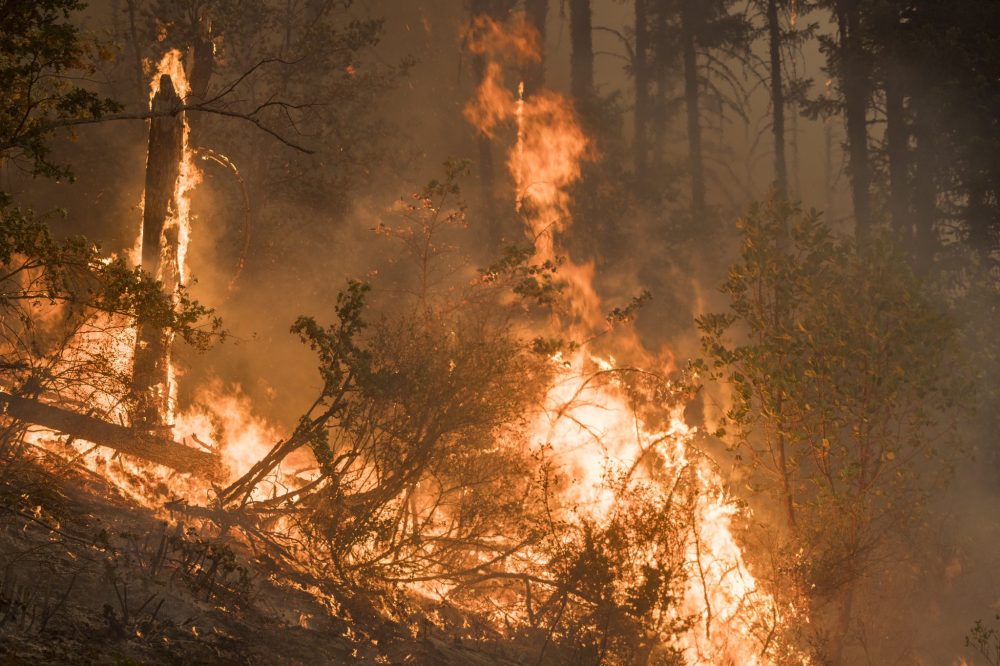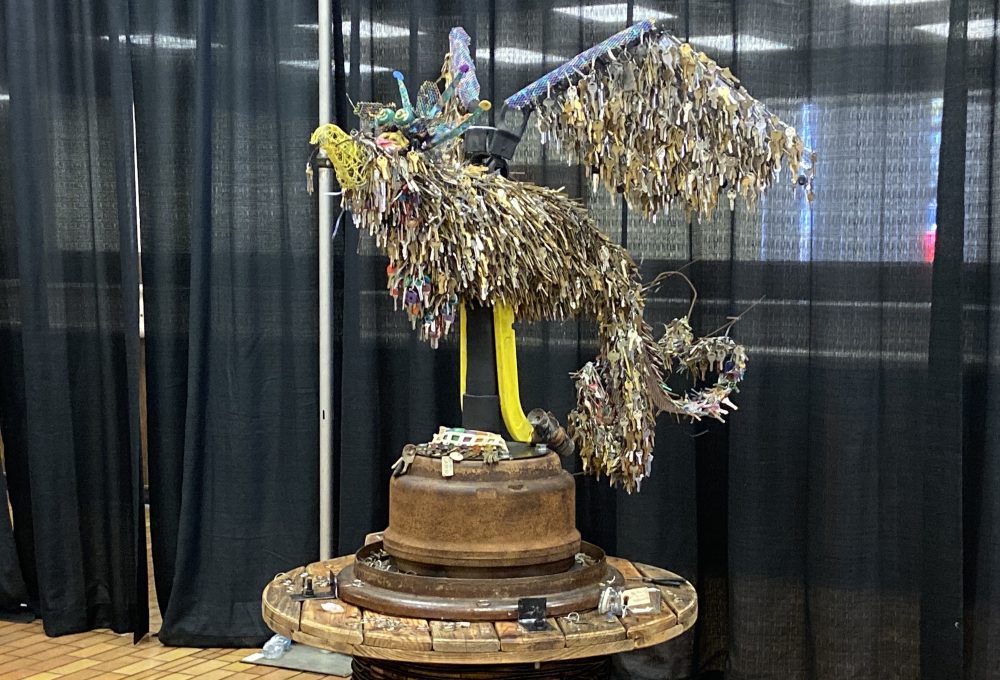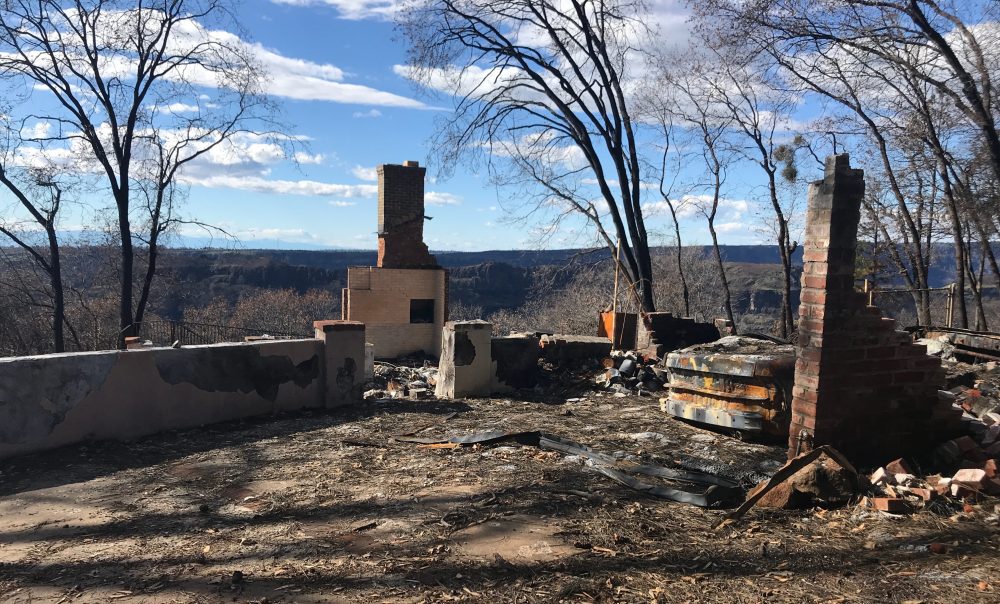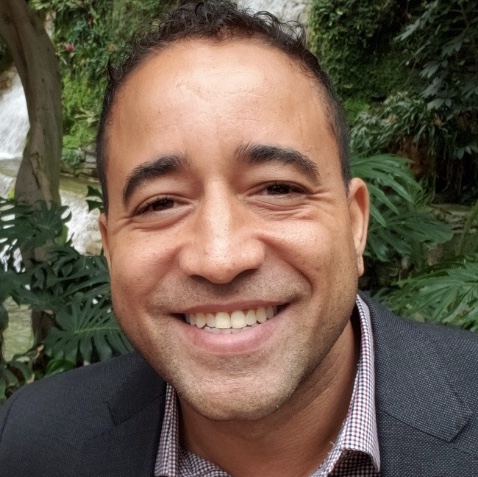A Commitment to Investing in Stronger Communities through the California Wildfire Recovery Fund
Growing up in California, there are two significant disasters that I recall. The first was the magnitude 6.9 Loma Prieta earthquake in the Bay Area that occurred minutes before the start of Game 3 of the World Series, when the nation watched live on TV as the Candlestick Park stadium began to shake and the […]

Growing up in California, there are two significant disasters that I recall. The first was the magnitude 6.9 Loma Prieta earthquake in the Bay Area that occurred minutes before the start of Game 3 of the World Series, when the nation watched live on TV as the Candlestick Park stadium began to shake and the live TV feed was lost. The second was the Oakland Hills Fire in 1991, which has been described as a “firestorm” that claimed 25 lives and destroyed nearly 3,000 homes in less than 72 hours.
The Oakland Hills Fire shocked California and the entire country, and led to changes in how fire agencies and emergency managers coordinate their responses to wildfires. After the Oakland Hills Fire, over a decade would pass until California would experience such a deadly and destructive fire when the Cedar Fire struck San Diego taking 15 lives and destroying more than 2,200 homes.
However, in the past five years alone, California has witnessed seven of the top 10 most destructive wildfires in the state’s history. This ranges from the Tubbs Fire in 2017 that destroyed more than 5,600 structures and claimed 22 lives in Napa and Sonoma counties to the Camp Fire in 2018 – the most destructive wildfire in the state’s history – that took 85 lives and destroyed over 18,800 structures. In 2019, there were more than 6,800 fire incidents in California that burned hundreds of thousands of acres across the state, including the Kincade Fire that forced more than 185,000 to flee from their homes in Sonoma County.
As of Aug. 21, 2020, California is battling an unimaginable 367 wildfires across the entire state, a 40% increase from this time last year. Northern California has received below-normal precipitation leading to drier fuels and more than 10,000 lightning strikes during a 72-hour period the week of Aug. 16. According to the California Office of Emergency Services, “above-normal large fire potential will persist through October,” while in Southern California, “there will be an above-normal large fire potential from the mountains westward in October and November due to wind events.”
It is evident that the number and severity of wildfires in California are increasing and having more significant impacts on communities up and down the Golden State. With this increase, disaster philanthropy needs to intensify and expand its support to the state before and after wildfires to better position communities to prepare, respond and recover.
As a result, CDP is retooling our CDP California Wildfires Recovery Fund to invest more in building stronger communities so that they are better able to keep up with the increasing trend and threat of wildfires in the state. The Fund will also continue to prioritize medium- to long-term recovery, especially among vulnerable populations, while also making targeted investments in wildfire mitigation and risk reduction in California.
We, Californians, have always joked about our resilience toward earthquakes and wildfires. I could have never imagined seeing several historic fires and fire seasons in such a short period. This new phase of heightened wildfire activity in the state requires more resources for communities to be able to keep up with this threat and save lives, homes and livelihoods.
More like this

Climbing a Mountain of Sand

